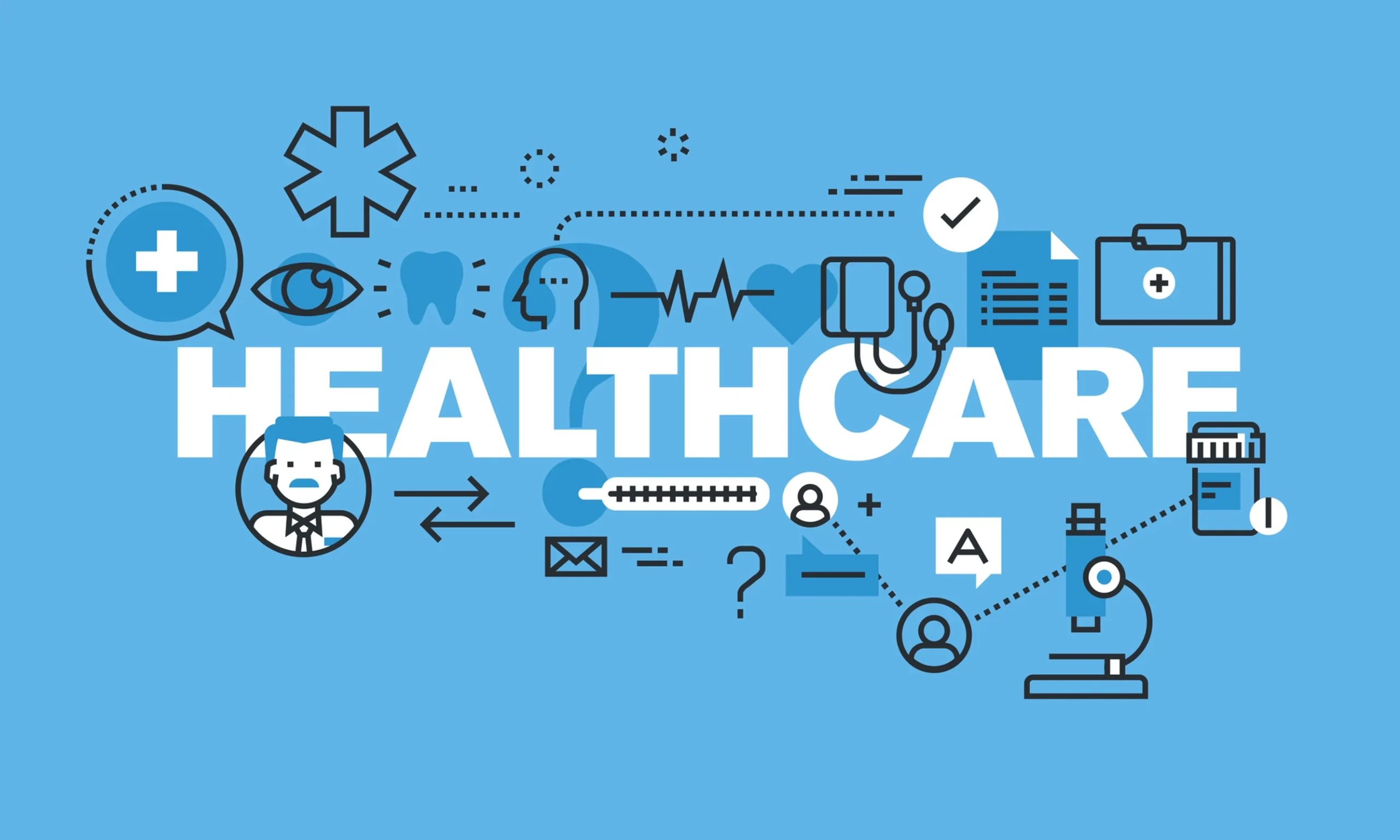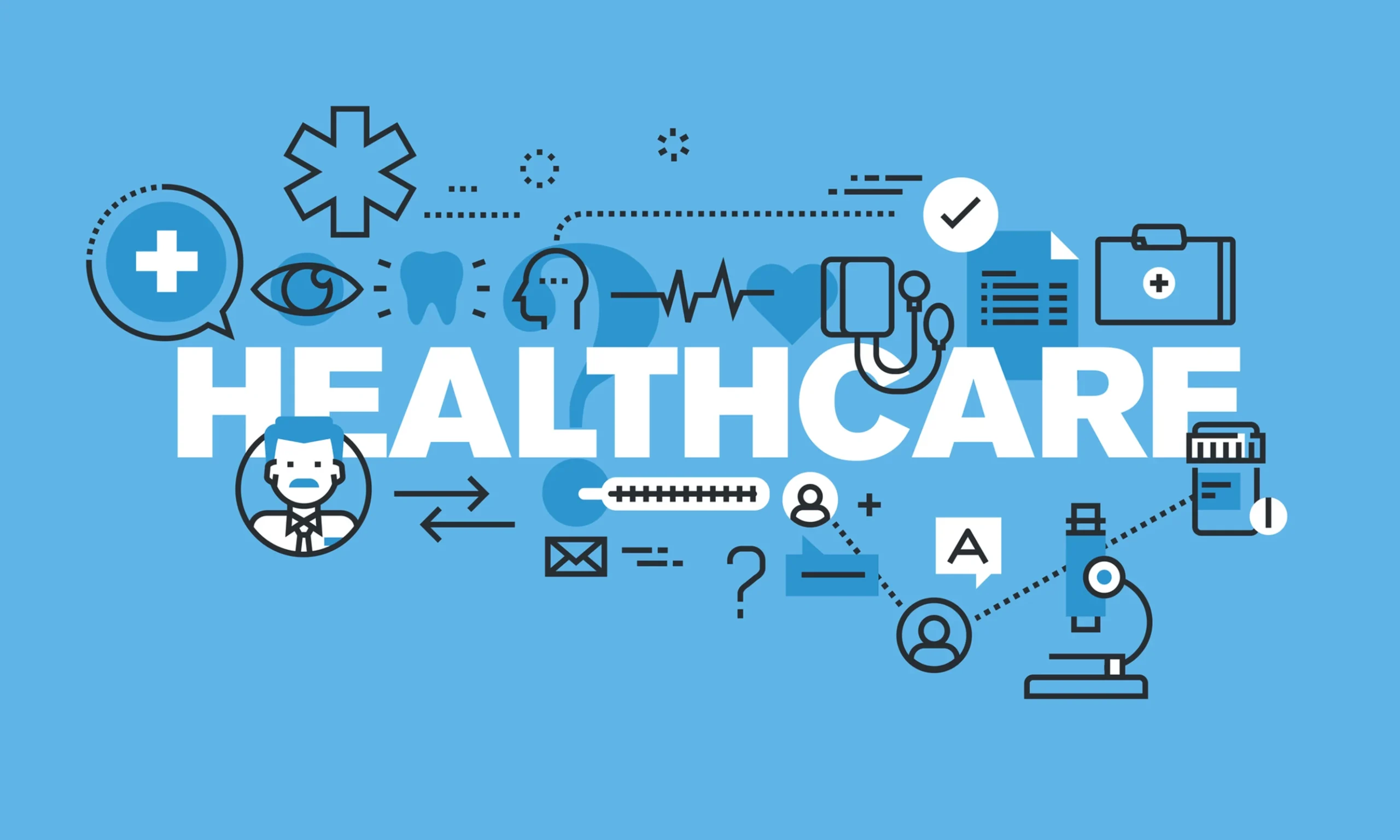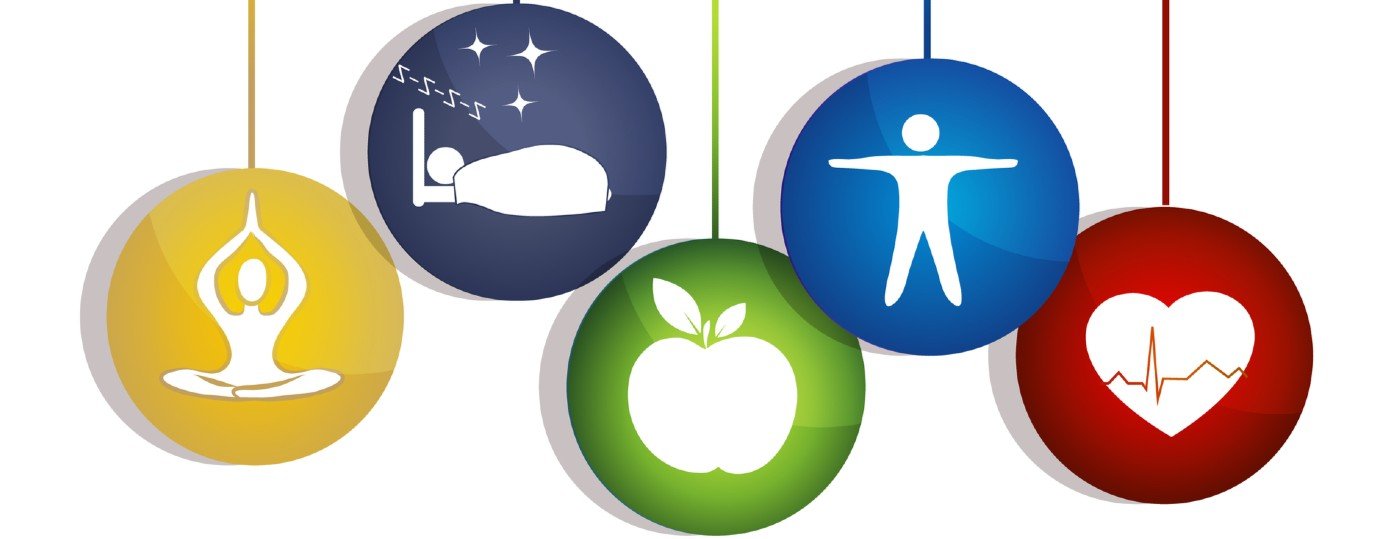
What Happens To Your Body After 24 Hours Without Sleep?
In today’s busy world, staying up late has become so common for people. Be it watching TV, having trouble falling asleep, or working on a project, missing sleep can affect you a lot. When you stay awake for 24 hours straight, it is one of the biggest signs of sleep deprivation. But what happens to your body after not sleeping that long? From feeling tired to getting stressed, lack of proper sleep can cause problems in many parts of your life. In this article, you will walk through some of the crucial effects of staying awake a long day without sleep. So, read ahead! Explore What Happens After 24 Hours Without Sleep Sleep is very important to stay healthy, both physically and mentally. Most people don’t take this fact seriously. The following is what happens to your body after staying awake for a longer time. Short-Term Wakefulness When you first stay awake longer than usual, your body might feel full of energy. Well, this is because of stress hormones, like adrenaline and cortisol. These hormones help you stay alert for a little while. You might think at first that everything is okay and you’re completely fine. But with time, it gets harder to focus and remember things. You might start feeling more worn it. So, make it a habit to have a sleep of 7-9 hours to start the next day energetically! Cognitive Decline Starts Your brain begins to experience fatigue after 6 hours of wakefulness. Focusing on tasks, like reading or solving problems, gets harder. You will be unable to follow conversations. Your brain effectively stores memories through sleep. If the brain is not functioning properly, it will impair overall memory. Adding more, you might also start taking hasty, impetuous decisions that you could not usually make. It is advisable to give your body rest by getting some sleep. Physical Symptoms Intensify Staying awake 12 hours without sleep makes you feel exhausted. The energy you were getting from adrenaline and cortisol hormones fades. You may yawn a lot or want to sleep right away, no matter where you are. Since your coordination is off, your daily work routine will get disturbed. Not only this, but it also weakens the body’s ability to fight sickness. Even your stress levels go up too. Remember that sleep is the best meditation that makes you feel relaxed. Mental and Emotional Strain By the 18-hour mark, the negative effects of sleep deprivation are more noticeable. It severely hurts your cognitive functions, such as planning, reasoning, and memory retention. Generally speaking, it is like having 0.08% of alcohol in your body. This can make you clumsy, negatively affecting your judgment. Small problems can seem big, and you might get upset over a little matter. Don’t be too harsh to your body, and make sure to sleep properly for a healthy lifestyle. Severe Impairment Not sleeping for 24 hours makes your body and brain work poorly. It deeply affects the motor skills of your body. Driving machines becomes dangerous, as your reaction or reflex times slow down dramatically. This all goes far beyond just these effects. Severe impairment also includes increased risks of hallucinations. Whatever the effect is, it is not good for your health. No matter how easy or hectic your day was, it is recommended to go to your bed early to have a good sleep. Chronic Sleep Deprivation Not getting enough sleep over time can cause so many chronic health issues. It can lead to problems, such as heart disease, weight gain, and a weakened immune system. Aside from this, lack of sleep makes it harder for your brain to function at its best. You will find it challenging to learn new stuff. Your skin will also look older and less healthy. You might not know, but your life will fall apart when you don’t get enough sleep. Sleep is the bridge between despair and hope. Wrapping It Up Last but not least, sleep is not only a luxury but also a biological need that is essential for everyone. It is a must for your brain and body. You can clearly see these effects by staying awake for 24 hours without any sleep. Your mind feels foggy, it is hard to focus on work, and you get really tired. Adding more to this, your emotions can also get out of control. Your body is not fully capable of fighting sickness. While staying up late might feel necessary sometimes, the damage it does to your health is too big to ignore. When you skip sleep, it becomes harder to think and remember things. You will not feel happy. Making sleep a priority helps keep you strong, both in your body and mind. So, the next time you think about staying up all night, keep in mind how important sleep is for you. All parts of your body will thank you, as you have kept them healthy.









